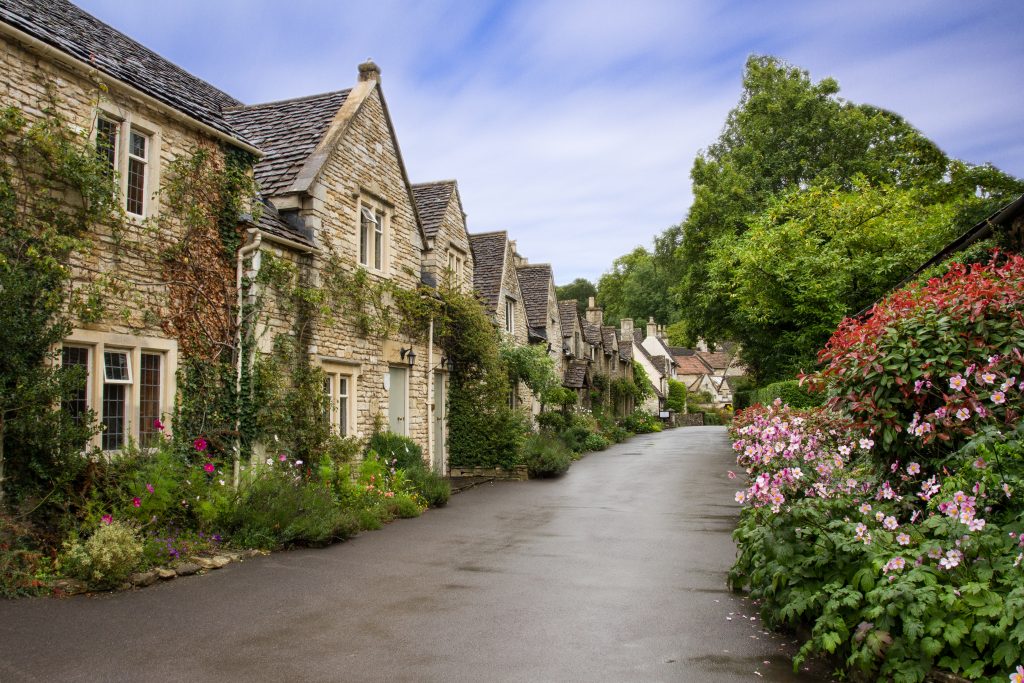
Property market: Second homes
12th May 2020Some second-home owners have lately been painted as social outcasts. The chief medical adviser to the Scottish government was forced to resign early on in the coronavirus lockdown for breaking her own rules on unjustified journeys; she and her family had twice made weekend visits to their second home 40-odd miles away. Days later, the press reported a UK government minister’s family trip from home in London to a Herefordshire manor house 100+ miles from his Nottinghamshire constituency.
There was a time when only the aristocracy and gentry (which included many politicians) had the privilege of a country estate, plus a town house in a fashionable part of London as their base for ‘the season’. Since then, an increasingly affluent middle class has taken to the idea of a second home for weekend or holiday use. For many, it’s been a good lifestyle choice and an even better investment.
Second-home hotspots
Although some owners prefer extreme remoteness, coastal and rural areas within easy reach of major cities have been the most popular and possibly the most profitable locations for second homes. Statistics drawn from the most recent national census show that most are situated in Cornwall, Gwynedd, Norfolk, Cumbria, Lincolnshire, Pembrokeshire and Yorkshire.
Whilst relations between second-home owners and locals are often very good, there can be tensions. During the 1970s in Wales, where prosperous Midlanders liked to buy second homes, a nationalist group called Sons of Glendower conducted a series of arson attacks on English-owned cottages. One prominent member was jailed for 12 years and the campaign subsided.
Antivirus reaction
Coronavirus has prompted less-extreme hostility towards second-home owners. Residents and MSPs in the Scottish Highlands and Islands urged city-dwelling owners not to self-isolate in second homes and risk spreading the virus there. One Cornish resident made a similar point about holiday visits in a public question during one of the government’s daily briefings on the COVID-19 situation.
Despite the county’s heavy reliance on tourism, some towns in Cornwall have long been worried about the impact of second-home ownership on both the affordability of homes for locals and the off-season viability of the local economy. In 2016, a local referendum in St Ives brought a ban on purchases of new-builds there as second homes; opponents claim that the move has backfired.
Channel Islands’ dual market
St Ives’ action falls short of the arrangements established in the Channel Islands that make it hugely expensive for outsiders to buy homes there. Island properties may be either ‘open market’ or ‘local market’. Only someone born locally or meeting certain alternative criteria may live in a local-market property. Strong demand for a limited number of open-market homes keeps their prices sky- high.
The UK government too has long been concerned about affordable housing supply and in 2016 announced: “Alongside delivering 400,000 affordable housing starts by 2020-21, extending the Right to Buy to housing association tenants, accelerating housing supply and introducing London Help to Buy, our Five Point Plan includes the introduction of higher rates of Stamp Duty Land Tax (SDLT) on purchases of additional residential properties.”
More specifically, the government added: “The higher rates will be 3 percentage points above the current SDLT rates, and will take effect from 1 April 2016. The government will use some of the additional tax collected to provide £60 million for communities in England where the impact of second homes is particularly acute.”
Council Tax discount possible
The surcharge (Scotland 4%) extends to devolved parts of the UK but some owners, surprisingly, may save on Council Tax. Current government information states: “You may pay less Council Tax for a property you own or rent that’s not your main home. Councils can give furnished second homes or holiday homes a discount of up to 50%. Contact your council to find out if you can get a discount.”
So, there are some disincentives to second-home ownership but also potential concessions. If a property is let out, certain outgoings may possibly be offset against the rental income, though the tax regime was recently made less favourable. Also, qualifying expenditure on improvements may reduce the tax on profit above the annual Capital Gains Tax exemption when selling a second home.
Socially-distanced holidays
The second-homes market is currently inhibited by the lockdown measures restricting all property market activity, but looking further ahead it’s likely that the desire to own a seaside or countryside retreat will remain strong. If families are slow to return to holidays abroad after lockdown, more may see a second home in the UK as a solution that enables social distancing while on vacation.
Government policy towards second homes has inclined towards the negative in recent years and that’s unlikely to alter. Indeed, post-lockdown tax rises to meet the fiscal cost of COVID-19 could target the better-off, such as second-home owners. Many would-be purchasers will be undeterred by that prospect; though they would be wise to use dependable professional services and, if borrowing, seek expert advice in this specialist segment of the mortgage market.
